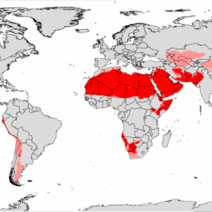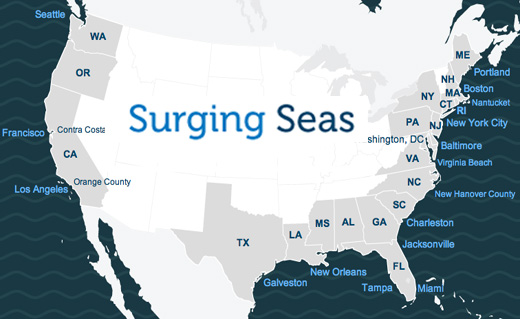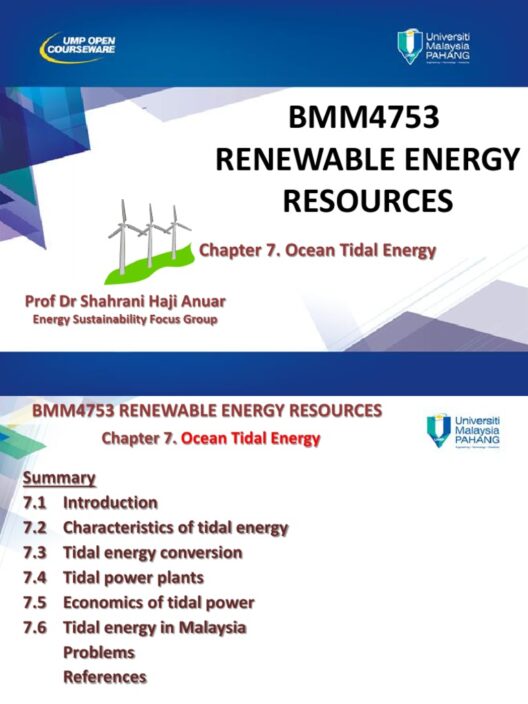As the planet warms, an unsettling reality emerges: rising sea levels. This phenomenon, spurred by climate change, poses multifaceted challenges. The interplay between increasing temperatures and the ensuing melting of polar ice caps and glacial retreats is catastrophic. Coastal communities, ecosystems, and economies are all vulnerable to the threats posed by inundation and increased flooding. Establishing awareness about sea level rise begins with understanding its mechanisms, impacts, and ramifications for the future.
To comprehend sea level rise, one must first grasp the underlying forces driving this phenomenon. Two primary culprits contribute to the gradual increase in oceanic levels: thermal expansion and the addition of meltwater. As the Earth’s temperature ascends, seawater warms and expands, directly influencing sea level. Simultaneously, polar ice sheets—specifically those in Antarctica and Greenland—and glaciers around the globe lose mass at an alarming rate. This calamitous confluence of events results in a world where normal high tides begin to encroach on coastal territories.
For coastal regions, the ramifications of rising waters are profound. These areas often host dense populations reliant on fertile lands and vibrant ecosystems. However, as sea levels climb, the potential for flooding increases exponentially, jeopardizing livelihoods and infrastructure alike. Homes and businesses positioned along the shoreline become increasingly susceptible to inundation during storm surges, which are now occurring with greater frequency and intensity due to climate change. This leads to economic instability and the potential displacement of entire communities.
Moreover, the ecological ramifications are equally as dire. Rising sea levels obliterate delicate coastal ecosystems, including wetlands and estuaries that support diverse marine life. These ecosystems serve as nurseries for fish and crucial buffers against storm damage. As salinity levels change due to encroaching seawater, the flora and fauna that inhabit these areas can face fatal consequences. This loss further destabilizes regional economies, especially those reliant on fishing and tourism.
The phenomenon of sea level rise also entails a more insidious threat: saltwater intrusion. As seawater permeates freshwater aquifers and groundwater supplies, the quality of drinking water diminishes significantly. The reliance on groundwater for irrigation and consumption makes this intrusion a pressing concern. Consequently, affected communities, particularly in developing nations, find their agricultural practices and basic human needs endangered, resulting in increased food insecurity and health crises.
There is also a stark human aspect to the implications of rising sea levels. Coastal migration—often termed “climate refugees”—is becoming a reality. As communities become uninhabitable due to flooding, residents may be forced to abandon their homes, creating a humanitarian crisis. Displacement not only leads to social upheaval but also exacerbates existing economic disparities, as those least equipped to adapt are often the first to suffer. Urban areas facing the brunt of this migration will confront escalating pressure on resources, housing, and infrastructure.
Policy responses play an essential role in mitigating the impact of sea level rise. Governmental bodies and local communities must prioritize comprehensive planning and adaptation strategies that address both prevention and reaction. Strategies might include restoring natural barriers like wetlands and mangroves, reinforcing coastal infrastructure, and investing in resilient building practices. Furthermore, integrating scientific research into policy frameworks could bolster adaptive capacity, equipping communities to respond proactively rather than reactively.
While adaptation is essential, a broader focus on climate mitigation is imperative. Reducing greenhouse gas emissions could slow the warming trend, indirectly influencing sea level rise. Transitioning to renewable energy sources, improving energy efficiency, and promoting sustainable land use practices are vital components of effective climate policy. All sectors of society—governments, businesses, and individuals—must commit to implementing solutions that reduce their carbon footprint and foster a healthier planet.
Education and outreach can also engender a more knowledgeable public, fostering engagement on these pressing issues. Increased awareness about sea level rise encourages individuals to advocate for environmental policies, participate in local discussions, and adopt sustainable practices. Incorporating climate change education into school curricula can equip future generations with the tools needed to contend with the adversities associated with rising waters.
The intersectionality between sea level rise, socioeconomic disparities, and environmental justice cannot be overlooked. Vulnerable populations disproportionately bear the brunt of climate change impacts, and proactive measures must focus on equitable solutions. Policymakers should prioritize assistance to at-risk communities, ensuring that adaptation efforts are inclusive and just. By amplifying the voices of those affected by climate change, society can craft solutions that are both effective and equitable.
In conclusion, sea level rise is more than a scientific concern; it is a rallying call for action. The effects of rising waters stretch into every facet of life. From ecological degradation to economic turmoil, the implications are far-reaching and demand our attention. Collective action, informed policy, and dedicated engagement are paramount in addressing this daunting challenge. Recognizing the urgency and working collaboratively can cultivate resilience as we confront the reality of rising waters and the worries they incite for our planet’s future.








